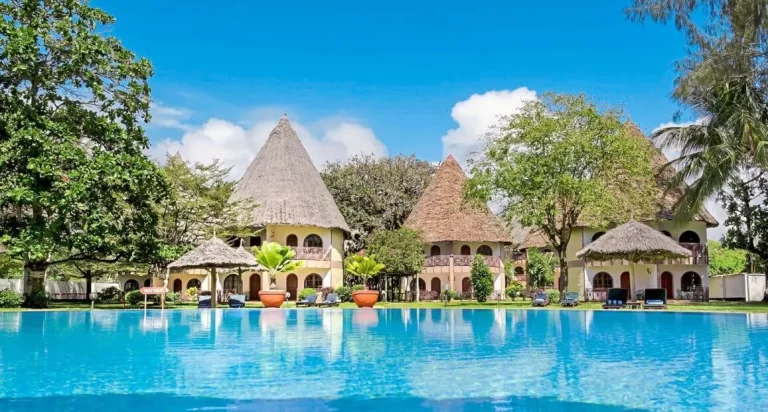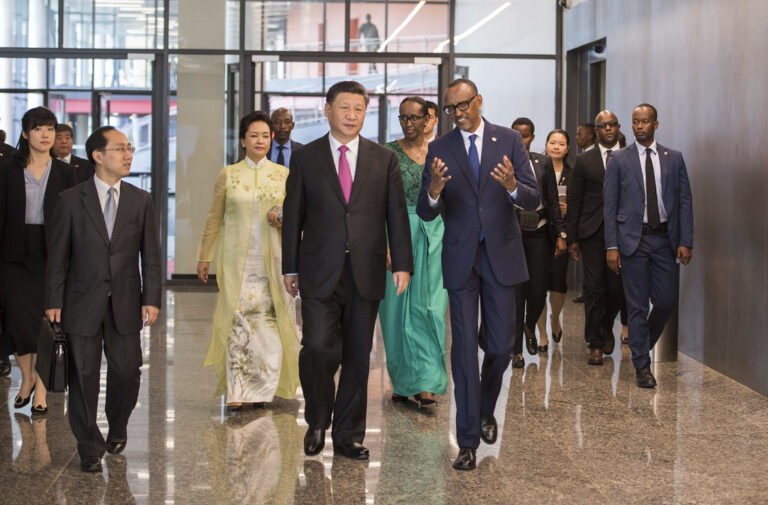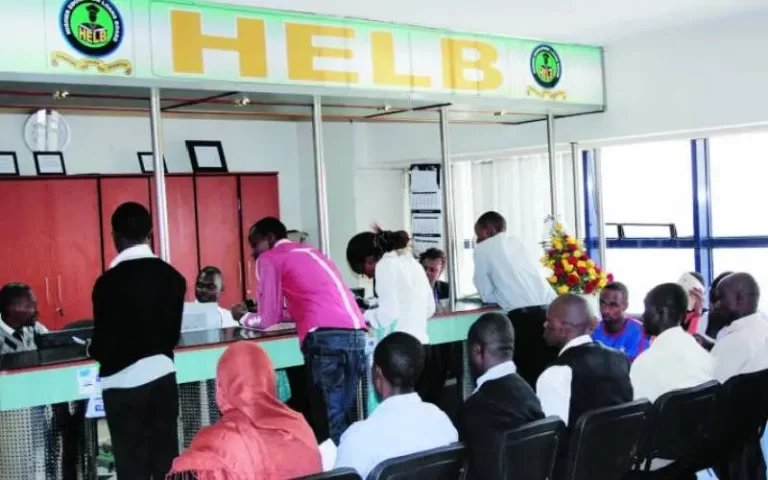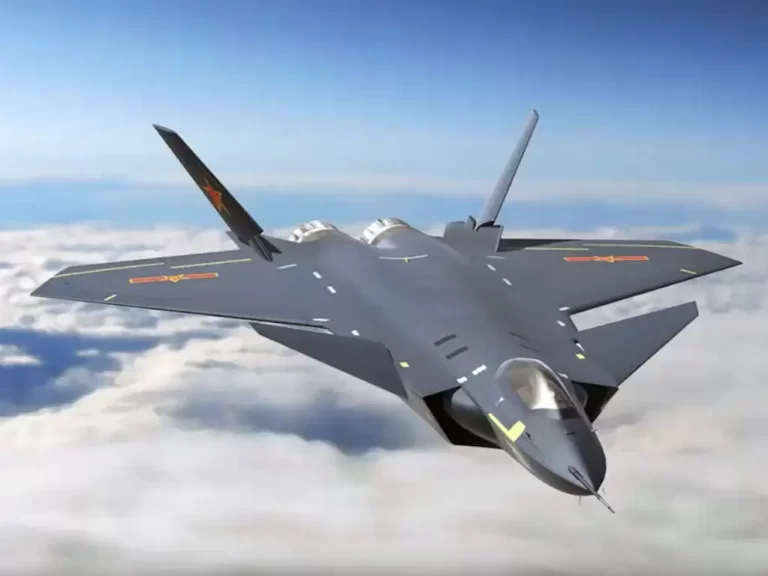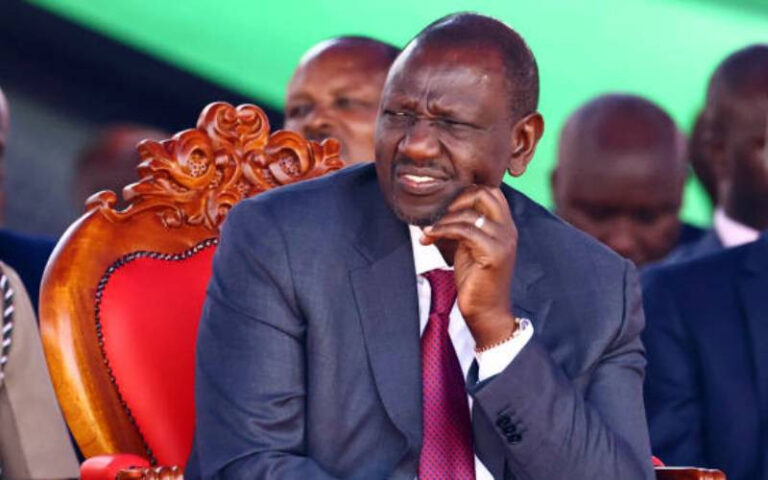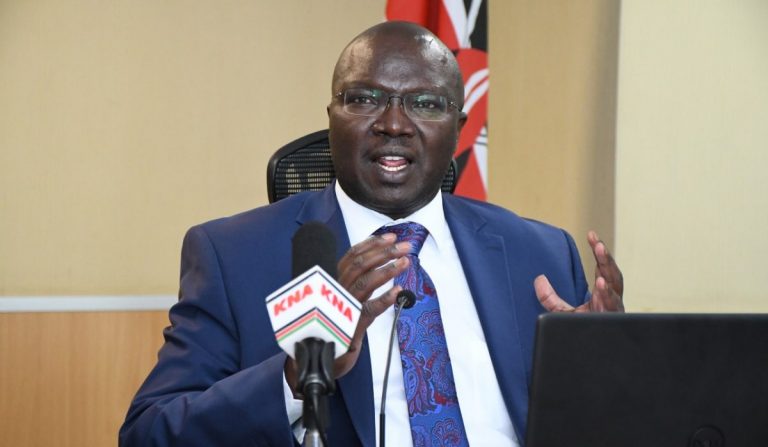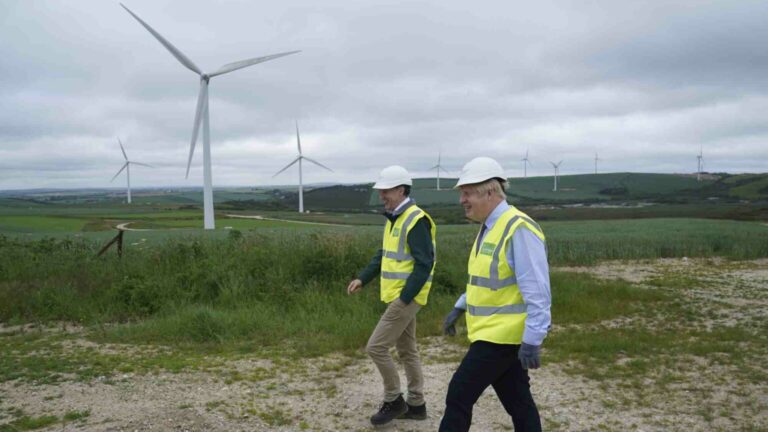The United Nations is urging Ethiopia, Egypt and Sudan to return to AU-led talks aimed at resolving the impasse over the Gerd project . This is a hydro power project that Addis Ababa is building on the River Nile.
On Wednesday, a security council statement called on the countries to reach a “binding agreement on the filling and operation of the [Grand Ethiopian Renaissance Dam] GERD”.
The last round of negotiations held in Kinshasa in April ended without an agreement with Ethiopia unrelentingly holding on to plans.
THE GRAND ETHIOPIAN RENAISSANCE DAM
The GERD dam project has been Under construction since 2011, and is projected to generate some 6,000 Mega Watts of power once completed. However, the Gerd project has upset downstream countries, Egypt and Sudan who are concerned that their water supplies will be affected hence hugely impacting their countries as the Nile is deemed to be their only source of fresh water.
In July, Ethiopia announced that it had successfully finished the second phase of filling the dam’s reservoir, further raising tensions with Khartoum and Cairo.
Ethiopia says the facility is almost complete and due to start generating an initial 750 megawatts of electricity later this year. In May 2010, five upstream states signed a cooperative framework agreement to seek more water from the river Nile , a move strongly opposed by Egypt and Sudan. Ethiopia, Kenya, Uganda, Rwanda and Tanzania were original signatories with Burundi signing in February 2011.

TREATIES AND MORE TREATIES
During the colonial period, Britain effectively controlled the Nile through its military presence in Africa. Since Sudanese independence, Sudan has renegotiated with Egypt over the use of the Nile waters. The 1959 agreement between Sudan and Egypt allocated the entire average annual flow of the Nile to be shared among the Sudan and Egypt at 18.5 and 55.5 billion cubic meters respectively, but ignored the rights to water of the remaining eight Nile countries. Ethiopia contributes 80% of the total Nile flow, but by the 1959 agreement is entitled to none of its resources. However, the agreement between Egypt and Sudan is not binding on Ethiopia as it was never a party to it. Since the early 1990s, Ethiopia has successfully countered Egyptian and Sudanese resistance to water development projects in Ethiopia to increase irrigation and hydroelectric potential. Since May 2010, Ethiopia and the other upper riparian states launched the Nile Basin Cooperative Framework Agreement in a bid to ensure an equitable utilization between all the riparian states of the Nile.

DAMS IN SUDAN & EGYPT
The Irony is that both Sudan and Egypt have dams built across their segments of the Nile waters. Sudan has hydraulic potential and has created four dams in the last century. This has resulted in the development so far of 18,000 km² of irrigated land, making Sudan the second most extensive user of the Nile, after Egypt.
While Egypt is highly dependent on the Nile, there are factors that may lead to the necessity of conflict over the distribution of the Nile’s water supply. For example, Egypt has such an agriculturally-dependent economy such that anything that touches on the massive use of the Nile waters upstream arouses both tension and suspicion. Both Sudan and Egypt can argue that their dams don’t impact negatively on countries upstream while Ethiopia argues that it also needs development and sees no harm in the GERD project. It is worth noting that Egypt’s Aswan Dam is one of the biggest in the world and actually forms Lake Nasser.

The Aswan High Dam is located about 600 miles upstream from Cairo and 4 miles upstream from the first Aswan dam. It is built at a place where the river is 1,800 feet wide and has steep banks of granite. The dam is designed to control the Nile water for the expansion of cultivation and for the generation of hydroelectric power and to provide protection downstream for both crops and population against unusually high floods. The work began in 1959 and was completed in 1970.
The Aswan High Dam is 12,562 feet long at crest level and 3,280 feet wide at the base, with a height of 364 feet above the riverbed. It has a hydroelectric plant with an installed capacity of 2,100 megawatts. Lake Nasser stretches some 310 miles upstream from the dam site, extending 125 miles into Sudan.
The principal objective behind the construction of the Aswan High Dam is to store sufficient water in the reservoir in order to protect Egypt from the dangers of a series of years when the Nile flood is above or below the long-term average and thus to guarantee a steady flow of water from the Nile for both Egypt and Sudan.
Scholars are arguing that all countries involved have a point in defending their thoughts and projects. Some scholars are stating that Ethiopia needs to convince Egypt that her project won’t necessarily decrease the flow of the Nile waters downstream while others are arguing that Ethiopia is under no obligation on how to utilize the Waters within her borders in regards to her downstream neighbors. China has a major stake in the GERD project through the extension of a $1.2 billion credit facility to finance it.




